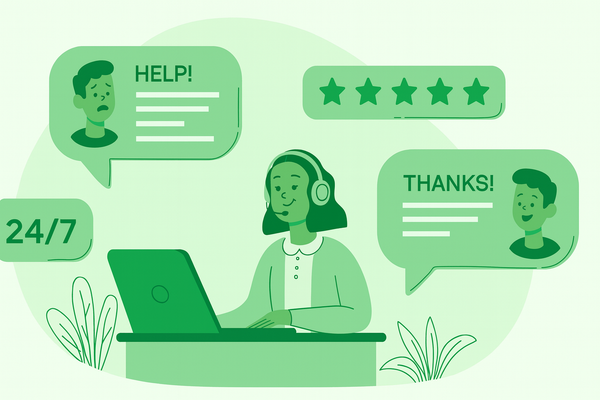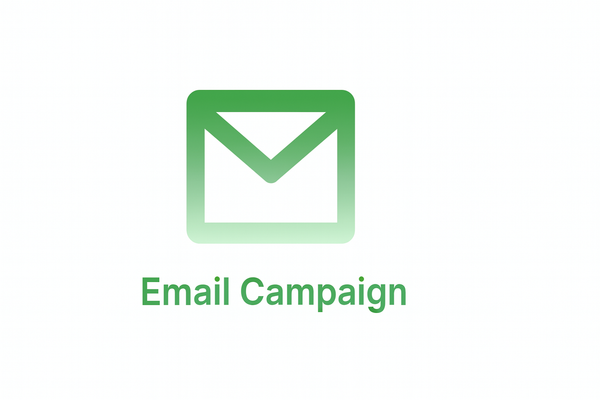The Strategic Error Most Shopify Brands Make When Building Retention Systems
After analyzing hundreds of Shopify brands, a clear pattern emerges: teams prioritize loyalty over referrals despite referrals delivering 10-30% revenue impact within weeks while loyalty requires months to mature. Strategic sequence matters more than tools.

After analyzing retention strategies across hundreds of Shopify brands, a clear pattern emerges. Teams consistently prioritize loyalty programs over referral systems, despite referrals delivering measurable revenue within weeks while loyalty programs require months to show meaningful impact.
This strategic misalignment costs brands significant growth opportunities during critical early stages.
Most Shopify brands feel the same squeeze. Ads cost more, feeds feel noisier, and teams need dependable growth that does not rely only on auctions. Two engines promise owned growth. Referrals convert trust into new customers now. Loyalty lifts repeat rate later. If you must pick one to ship first, go referral.
Teams that launch a referral program early often attribute roughly 10 to 30 percent of new orders to word of mouth. Points led loyalty usually moves the needle in the low single digits until later cohorts mature. Different clocks, different outcomes.
Why this choice matters now
Paid media inflation and attribution gaps make acquisition volatile. Owned channels win by riding trust you already earned. Referrals borrow trust from customers your buyers know. Loyalty tries to shape behaviour over months. Both matter. The order of operations matters more.
The fundamental issue lies in understanding customer acquisition versus customer retention timing. Referrals operate on immediate trust transfer mechanisms, while loyalty programs require behavioral conditioning over extended periods.
Referral programs: the fast lane
Pay only on confirmed orders
Referral rewards trigger on a completed purchase, not on impressions or clicks. That keeps your effective CAC predictable. You can set a simple give and get offer such as Give 10 dollars, Get 10 dollars or the equivalent in your local currency. If margins are tight, use store credit.
Trust advantage and viral compounding
People listen to friends far more than they do ads. A referred visitor lands warmer, buys faster, and is more likely to refer again. Each new buyer can become the next advocate. That loop compounds if you place the share moment where intent is highest.
The strategic advantage centers on leveraging existing social networks rather than building new customer relationships from zero trust baseline.
Setup speed and clean tracking
A lean setup can go live quickly on Shopify. Add a post purchase share prompt on the thank you page, include the advocate link in order confirmation, send a single reminder after delivery, and track share to click to order. You learn within days, not quarters.
Loyalty programs: proceed with intent
Points confusion reduces action
When shoppers face many ways to earn and cannot tell what a point is worth, they pause. If the easiest action is a low value task such as a newsletter signup, it wins attention over higher value referrals. That lowers outcome quality.
Cognitive load increases when customers must calculate point values and compare earning mechanisms. This friction directly impacts program effectiveness.
Cash flow and liabilities
Points are usually funded up front. If redemption is slow, you carry liability on the books. If value feels fuzzy, trust can erode. Keep the programme simple and the point to currency mapping obvious.
Delayed payback
Loyalty nudges frequency. Real gains show up as cohorts mature. Expect months, not weeks. This is a second lever once you already have steady order volume and clean segmentation.
Referral first, loyalty later
Volume and margin thresholds
Referrals work when your average order value and margin can fund a clear friend perk without breaking unit economics. Many teams use a range like 10 to 20 in local currency for the friend and mirror it for the advocate. Loyalty makes sense once you have reliable monthly order volume and enough repeat buyers to segment with intent.
Seasonality planning
Turn on referrals before expected spikes. Capture new customers during the peak. Use a lightweight loyalty layer after the season to keep those cohorts active.
Hybrid without bloat
You do not need five tools. Keep referrals visible at checkout and in post purchase messages. If you add loyalty, cap earn actions to three. For example complete a purchase, refer a friend, write a review. Simple programmes get used. Complicated ones do not.
In controlled tests, cash equivalent offers commonly beat point based offers for first purchase conversion by roughly 30 to 50 percent. Fewer decisions, more action.
Implementation examples
Example 1: Mobile share flow
A shopper completes checkout. The thank you page shows a single share button with a pre filled message and a personal link. The friend taps, lands on a pre applied coupon, and pays. The advocate reward is auto issued as store credit when the order clears. No codes to remember. Minimal friction.
Note for markets where WhatsApp or similar messaging is dominant. Make the share button open the default chat app and keep the message short.
Example 2: COD heavy categories
If your category relies on cash on delivery in any region, add a small extra perk for prepaid within your referral offer. Advocates still feel rewarded. You reduce returns and improve working capital. Keep the choice clear at checkout.
Launch and optimisation checklist
Ten steps to live
- Confirm unit economics for a double sided offer. Start simple.
- Install a referral app that supports thank you page prompts, email inserts, and first party tracking.
- Create a clear offer. Give X, Get X works. Percent off also works if your catalogue encourages bundles.
- Place a share prompt on the order success page.
- Insert the advocate link into the order confirmation email and transactional SMS where allowed.
- Add a single reminder seven days after delivery. One is enough to avoid fatigue.
- Choose rewards that feel cash like. Store credit is simple.
- If you operate COD in any market, add a prepaid boost to the friend reward.
- Track share to click to order at least weekly.
- Review fraud rules and cap self referrals and coupon stacking.
Metrics to monitor weekly
- Share rate. What percent of buyers shared.
- Click to order conversion on the friend landing.
- Average reward cost per order. Keep effective CAC steady.
- Time to first share. Thank you page should beat email.
- Prepaid mix among referred orders if COD exists in your mix.
Note: Many teams run this approach with Referrush to maintain sharing integration within post purchase and messaging workflows. Select tools that align with your existing technology stack while maintaining operational simplicity.
Frequently asked questions
Do referrals really beat loyalty in the short term?
For near term revenue, yes. Referrals only pay on confirmed orders and usually ramp faster than points. Loyalty is a longer game for frequency.
What should my starter referral reward be?
Begin with a clean Give X, Get X. Use 10 to 20 in local currency for mid AOV categories, then tune. If margins are tight, reward with store credit or a lower advocate side.
Can I run both referral and loyalty at once?
Yes, but keep referral front and centre and limit loyalty actions to three. Too many choices reduce action.
How do I handle fraud or gaming?
Use unique links, limit self referrals, cap redemptions per account, and block obvious coupon stacking. Review weekly during the first month.
When should I add loyalty?
After referrals are performing and you have steady monthly orders and repeatable cohorts. Loyalty earns its keep when you can segment and personalise based on behaviour.
Strategic implementation
Ship referrals first. Keep the offer cash clear, place the share moment where intent is highest, send one reminder, and track the three step funnel. Add a small loyalty layer only when you have the volume to support it.
The data consistently shows that brands implementing referrals before loyalty programs achieve faster revenue growth and more predictable customer acquisition costs. The strategic sequence matters as much as the individual program effectiveness.
This approach represents a systematic method for building sustainable growth engines that operate independently of paid media fluctuations while leveraging existing customer relationships for expansion.



